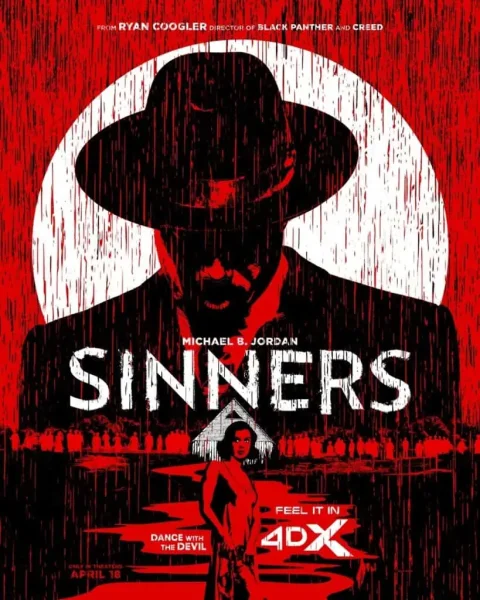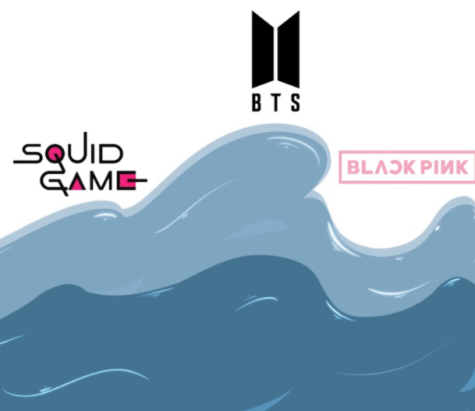Fast Fashion: The debate between ethics and affordability
Is there such thing as ethical consumption under capitalism? Students draw the line between ethics and low pricing.
Consumers are forced to make a decision between ethics and affordability. Some don’t have a choice.
With the rapid evolution of streetwear year by year, the overwhelming difficulty faced by mostly the younger generations, namely Gen-Z and the Millenials, is the balance between affordability and ethics in fashion.
In a capitalist America, companies are scrambling to keep up with the fashion, swinging wildly from trend to trend on what oftentimes seems to be a weekly basis.
As junior Jerimae Pielago puts it, “You could walk into (Forever 21) on a Tuesday, and on Wednesday, there’d be entirely new things.”
The unfortunate truth of the matter is that companies would likely not be able to see such success had they not jumped through questionable hoops to get to where they need to be. Many companies such as Nike, Forever 21 and Urban Outfitters have sweatshops where they pay their workers as little as $4 and hour.
These sweatshops take advantage of workers in countries such as Thailand, Sri Lanka, Cambodia, and even here at home, as Forever 21 is reported to have sweatshops in Southern California, according to Cosmopolitan.
Major fashion companies have even been reported to indulge in child labor.
Though how does this information hold with the progressive ideologies of the younger generations.
In a poll held by The Hill, their studies showed that 71% of the Gen-Z young adults they interviewed believed that the government wasn’t doing enough to regulate business.
Similarly, a little under two-thirds of the Millennials they polled agreed with the sentiments of Gen-Z, believing that the government should be more proactive in securing workers’ rights.
Many things can be said, but not everyone practices what they preach.
While most might be quick to jump on the condemnation bandwagon towards those who still shop from notorious fast fashion brands, they might tend to forget the primary selling point for these brands: affordability.
“Affordability is a large factor in the clothes I purchase,” senior Robbie Robertson said. “I’m a teengaer and I typically buy my own clothes, so the money is coming out of my pocket.”
Fast fashion provides an outlet for many people to keep up with trends to better fit into a modern society that revolves around fashions and trends.
This outlet can extend to a multitude of backgrounds; it helps those in lower-income households, students with limited funds, those who cannot afford to spend time sifting through piles of clothes in thrift stores before they find something even in their size, and so on.
There are two sides of the progressive coin when it comes to this controversial truth. Some hold firm and continue to condemn the consumption of fast fashion, while others have stepped back and see this as a critique rather on the whole of the capitalist American society, therefore justifying the actions of those who shop fast fashion out of necessity.
Their conclusions are summed up in one short phrase: “There is no ethical consumption under capitalism.”
This key phrase began to circulate on social media sites such as Tumblr and Twitter in the past two decades as both a criticism of the capitalist system and a means of defending those who have neither the time nor money to shop from places that some would argue to be “ethical.”
Whether that be spending time repurposing old clothing, or spending money shopping from small businesses who may sometimes need to have higher prices than cheaper multi-million dollar companies, progressives who coin this phrase feel that those who are less privileged in where they can shop shouldn’t be to blame for the crimes committed by massive fast fashion industries.
“No matter where you are in any modern country something you are using or consuming has a negative effect on someone else’s life,” Robertson said. He gets the harsh truth of the matter.
How Robertson understands, if a person buys a pair of Nikes, those were made by a child in a sweatshop. If they buy a phone, that lithium was mined by a child.
“There is no ethical consumption under anything,” Robertson said.
As previously mentioned before as a commonly proposed solution by progressives scrambling for solutions, thrifting tends to be a popular alternative to supporting the fast fashion industry.
“I began thrift shopping a year ago as I learned more about how fast fashion, and product production in general, is more of an ethical issue,” sophomore Aaliyah Zomorano said. “As a consumer, knowing that I could be supporting the unfair and demanding working conditions of workers and the exploitation of Earth’s resources doesn’t sit well with me.”
Zomorano thrifts as a means to set her conscious at ease. As a student, she takes pride in doing her part to boycott the horrors of the fast fashion industry, while also being able to save money to be put towards college funds.
Locally, some of the thrift shops that Zomorano supports are Compassion Planet and EcoThrift.
For those who cannot afford spending time at a thrift store, online resale apps such as Poshmark, Depop and Grailed are options fit for more ethical shopping.
However, even opinions on these apps and on the business of thrifting are polarized. There is much criticism on Depop for thrifting cheap pieces and then critically raising the prices.
Even if these options are more ethical, there are questions circulating around the morality of why people thrift, and whether or not it is for the pure ethics or the trend of appearing ethical.
The root of the problem seems to circulate back to social media.
As influencers sit behind the wheel steering the fashion industry in whatever direction they please, the rise of social media is providing them a better platform than ever.
Studies held by internetretailing.net suggest that 30% of shoppers use Instagram for outfit inspiration.
The same study shows that a shocking 73% of people aged 18 to 24 believe that social media influencers are a driving force in the rapidly growing industry of fast fashion.
Their influence has not only left a mark on the lives impacted through sweatshops, but also on students today,
“Our fixation on social media and rapidly changing trends forces the average teenager to consume fast fashion,” Robertson said.
As it seems, teenagers are left with two options: fitting in to follow the latest trends, or going the ethical route and holding back on consumption of new clothes.
Despite these choices, it isn’t always so black-and-white, as it is very possible for people to go the affordable route without supporting the fast fashion industry.
“Fast fashion is not such a necessity to those who are primarily focused on the affordability of clothes,” Zomorano said. “There are many other alternatives, such as thrift stores and secondhand online shopping.”
The other side to this, however, could be sacrificing fashionability along with the ability to meet the standards of whatever fad has its grip on society that month.
The fast fashion industry has layers upon layers of problems, stemming from a variety of sources.
Whether it is blatant or not, the whole of American society will continue to remain victim to its influence.

Piper, a senior, is one of the editors-in-chief, and this is her second year on Gazette staff.














